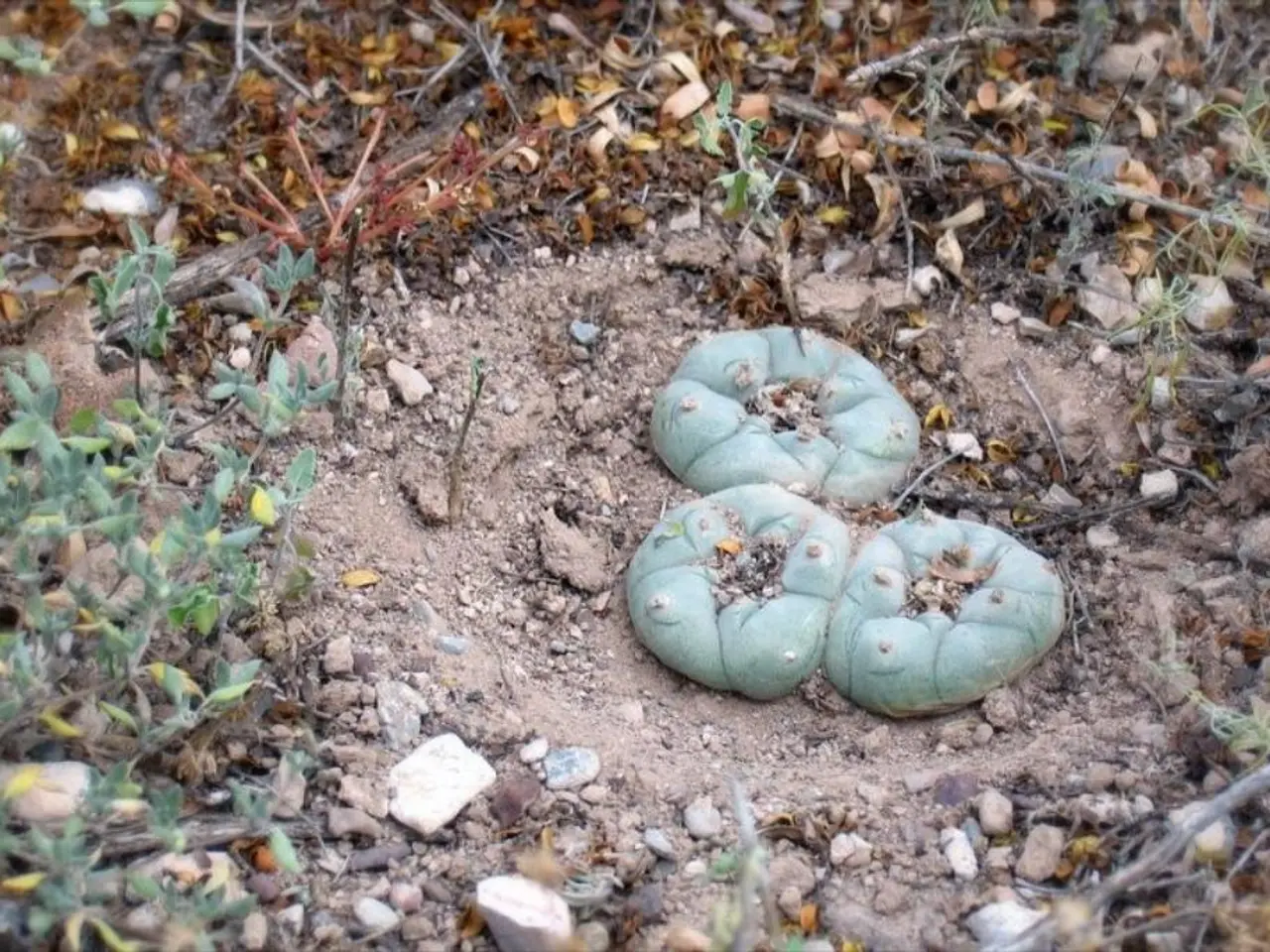Planting edible crops in April
Growing Courgettes and Squash Successfully in April
As spring approaches, it's time to start thinking about sowing seeds for summer's bountiful harvest. Rosie Yeomans, a gardening expert, shares her advice on April activities for the fruit and veg garden.
This month, it's recommended to sow courgette and squash seeds. To do this, fill small pots (around 7 cm in diameter) with vegetable compost and sow each seed about 1.5 cm deep. Keep the pots on a warm, sunny windowsill, maintaining moist (not waterlogged) compost for germination.
Courgettes and summer squash are frost-sensitive, so if planting outside in April, cover the seedlings with fleece or a cloche to protect them from cold snaps or late frosts.
While courgettes can be sown directly outside from late May to early June if frost has passed, you can start indoors or in pots in April and transplant outdoors once warm conditions prevail.
Choose well-drained, rich soil for sowing and growing courgettes and squash. For direct sowing, plant seeds 1 inch deep in hills or rows spaced appropriately (hills 1 ft diameter, rows 2 ft apart, with 6-ft spacing between hills/rows). Keep soil just damp during germination to avoid seed rot.
Once the seedlings have grown, ensure consistent soil moisture throughout growth, especially once fruits begin to develop. Water at the base of plants to avoid wetting leaves, which can foster diseases like powdery mildew. Mulching helps retain moisture and control weeds.
Regularly pick courgettes and summer squash when fruits are young (e.g., 10-12 cm for courgettes, 6-8 inches for Black Beauty squash). Frequent harvesting encourages more fruit production.
If space is limited, squash can be trained to grow up supports. Squash stores well into winter but takes up a lot of space, so it's suggested to grow only what is necessary.
In addition to courgettes and squash, April is also the perfect time to plant asparagus. It takes at least 2 years before asparagus crowns can be harvested, but home-grown asparagus is tastier than store-bought. Asparagus plants require extra drainage and lots of organic matter in heavy soil.
For those with limited space, growing asparagus in containers is possible. Just ensure the container has good drainage, and the asparagus ferns are regularly cut back to prevent them from outgrowing the container.
With these tips, you're well on your way to a successful courgette and squash crop this summer. Happy gardening!
[1] RHS (2021) Growing courgettes. Available at: https://www.rhs.org.uk/advice/profile?pid=459 [2] RHS (2021) Protecting young plants from frost. Available at: https://www.rhs.org.uk/advice/profile?pid=137 [3] RHS (2021) Growing squash. Available at: https://www.rhs.org.uk/advice/profile?pid=460 [5] RHS (2021) Growing asparagus. Available at: https://www.rhs.org.uk/advice/profile?pid=458
To ensure a prosperous garden, consider expanding your April gardening activities beyond fruit and vegetable plants. Incorporate home-and-garden projects, like gardening, to enhance your lifestyle with a transformed home-and-garden space. Additionally, by nurturing both courgettes and squash properly, you can look forward to a bountiful harvest as part of your improved summer lifestyle.



